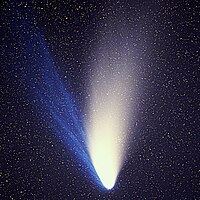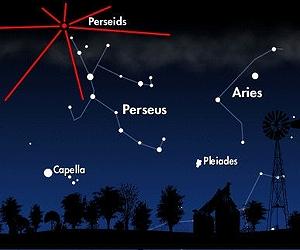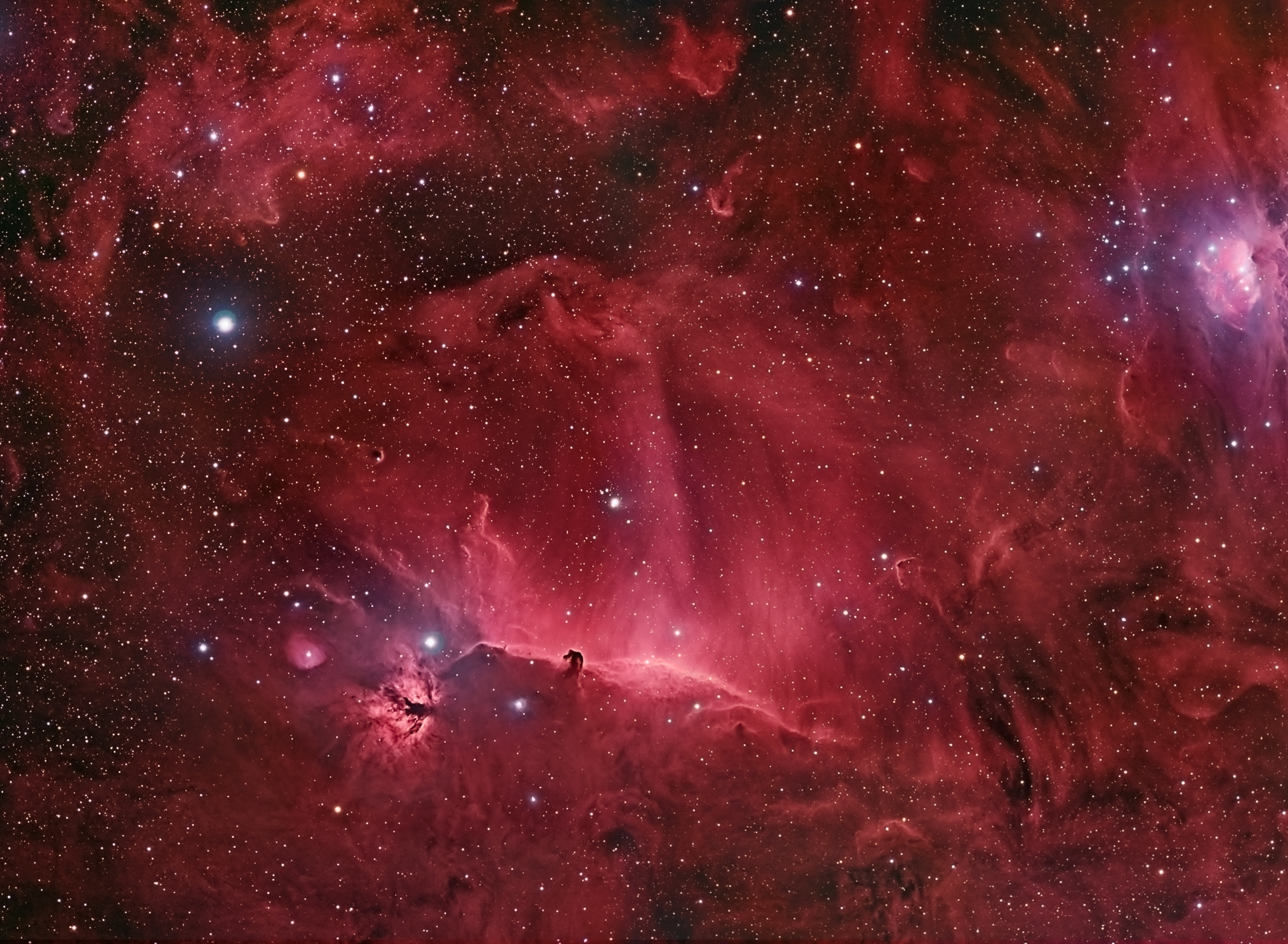If you are considering a gift for someone who enjoys astronomy (or want to share something with a young person who might like to discover astronomy), I present to you my astronomy gift guide for the holidays.
A. Astronomy Gifts.
At my
local astronomy shop here in San Francisco, Scope City, I asked manager Sam and salesperson Steve what they would recommend for the holidays. Telescopes are plentiful and that warrants a separate section of this blog post - see below. But aside from telescopes, there are
binoculars of all types,
excellent books, tools such as
Star Finders and Planispheres, and new this year, the
Sky Scout, a hot selling item from Celestron that has the astronomy hobbyist world abuzz. Point the Sky Scout at an object in the sky and it tells you what the object is and provides additional details. For another approach, you can open a door for astronomy for someone with a gift subscription to
Astronomy Magazine or
Sky & Telescope Magazine.
B: Telescopes - Top 5 Things to Consider When Buying a TelescopeA teles

cope is a powerful scientific instrument which, when well cared for, can provide years of viewing pleasure. Top brands include
Meade,
Orion and
Celestron. However, there is a very wide range of options, quality and performance to choose from so before you buy a telescope learn a few things about them.
Telescopes.com offers some useful background information, as does
Astronomics.com with its informative pages. The
Bad Astronomy blog has a helpful article, and
this post provides a lot of detail for the telescope shopper. If you summarize all of the articles and if I draw from my own experience, I would recommend five things to think about when purchasing a telescope.
1. Consider Binoculars. They are easy to use, can be used at daytime as well as nighttime, cost less than a telescope, and are a good first test of one's interest in the night sky.
2. Buy quality. Avoid the cheap telescopes at the department stores. They not only have generally poor quality optics, but end up being a turn-off for those who purchase them. It's worth the extra money to get something you will enjoy.
3. Start simple. As much as the high-tech telescopes look like fun, they are still complex instruments that will need some degree of care-and-feeding when you use them. The most basic scopes, simple refractors on a lightweight tripod, take little time to set up and are the most simple to use. Also, a simple telescope is not as bulky and heavy to carry around. For kids, try out the Celestron FirstScope (see below).
4. Be comfortable. You really need to feel at ease with a telescope, so in the best case go to your local astronomy shop and try out a few.
Scope City will let you take their binoculars and telescopes out in front of the store and do the "Safeway Test" to see how well you can resolve items in the aisles of Safeway grocery store next door.
5. Learn to use your telescope at your local astronomy club. Amateur astronomers like to help others to learn about astronomy. The
San Francisco Amateur Astronomers and
San Francisco Sidewalk Astronomers hold
Telescope Clinics at their monthly star parties. These are excellent venues to bring your scope and learn to use it with astronomy enthusiasts. Check the
Night Sky Network for a club near you.
C: For Young People.Kids can be

nefit from astronomy gifts that are easy to use and make it simple to immediately start enjoying. I found numerous websites that showcase books for kids.
Skymaps.com has a very well organized list of books for different age ranges, all the way from age 4 to young adult and educator. The
Top 10 Astronomy Books for Kids on about.com offers some good choices. On the telescope front in 2009,
Celestron premiered the FirstScope, an extremely simple telescope for kids that, from the reviews I've read, is surprisingly good quality yet very low price (about $50 at most outlets). It is an 'official product' of the
International Year of Astronomy (IYA) celebration. But in the end I was most enamored with this simple recommendation from the
Suite101.com blog:
"What children really need, more than 'stuff,' is for someone to take the time to stand outside with them on a starry night and point out planets and constellations. Teach them the sky. You can give coupons good for '1 Hour of Observing with Mom' or something similar."
Happy Holidays. Stay warm and enjoy the long dark nights.

















